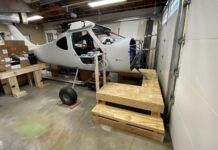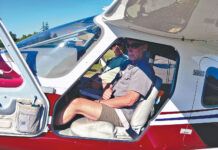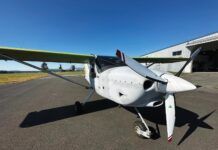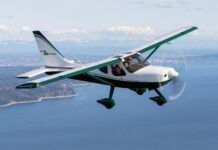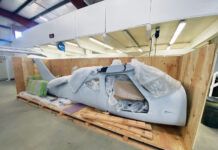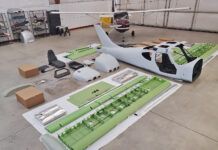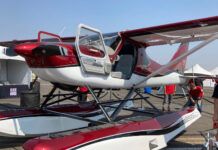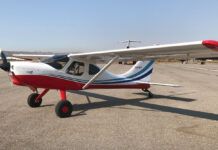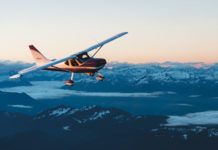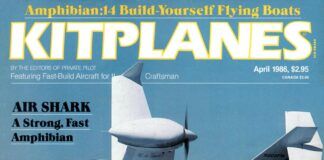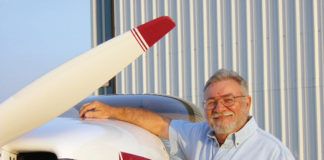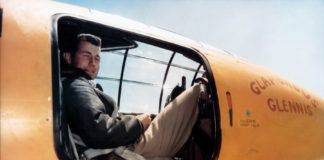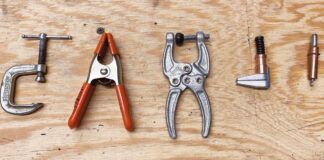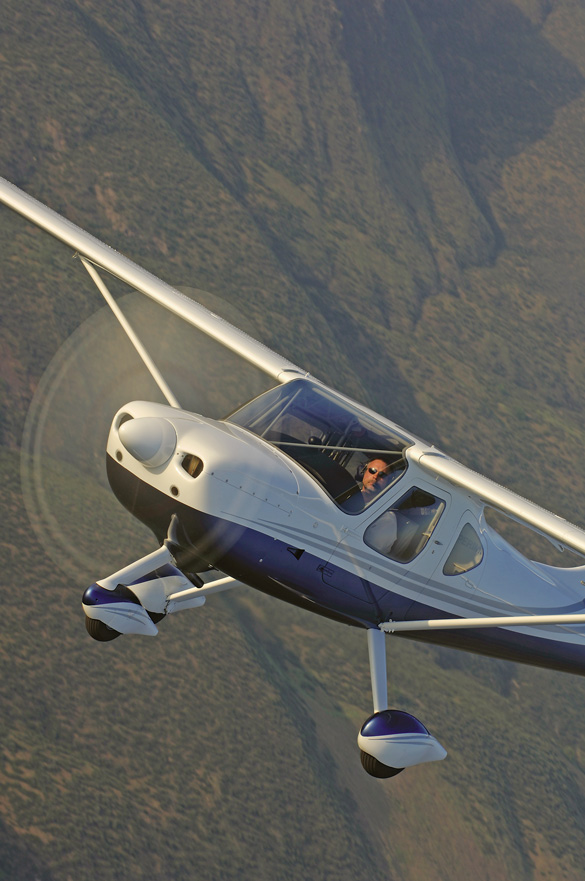
Yep, I’ll admit it. As Ted Setzer and I prepared to crank up the second Glasair Aviation Sportsman demonstrator, the red one with the Superior IO-360, I was a tad nervous. Not for the flight-the weather was perfect, and I’m well enough versed in the Sportsman that the flying itself didn’t pose a threat to my manhood.
No, I was worried that all the great things I’d heard about the Superior engine in this airframe would make a fool out of me. Here’s why. Back in 2005, when I was planning my own Sportsman and the possibility arose of putting the then-new IO-390-available at the time only from Barrett Precision Engines-into it, I’d dismissed the smaller engine immediately. Not a chance. Off the radar. When the choice comes down to adequate power and excess, I vote for excess just about every time.
I have to say just about because I’ve never owned a 1000cc sport motorcycle, preferring the lithe handling of the 600cc and 750cc machines over the brute force of the full liter-sized bikes.
So the questions swirling around my head as Ted and I worked through the engine-start checklist on the IO-360-powered Sportsman were, simply: Had I made a huge mistake? Did I spend more money than I needed to?
An hour later, I had my answer.
Understand that I had been told that the Superior engine was substantially smoother and sweeter than the IO-390 in this airframe, a comment offered by a pilot who had flown both. Hmmm. Perhaps its my comparative lack of experience with big four-cylinder engines-my previous airplane had a Continental IO-470-N, a sweet-running engine-but I always felt that the IO-390/Sportsman combo was a tad rough. Not rough as in, Hey, did we just lose a magneto? But just not butter smooth-the best way to describe it is busy, tingly. (Maybe Im asking too much of an engine with 100 cubic inches per cylinder.)
After flying both of the factory’s aircraft back to back (see Power Promises), I was relieved. Ted and I agreed that there was no discernible vibratory difference between the IO-360 and IO-390. Both were a bit smoother than my installation-causing me to look once more at prop balance and possible points of interference between the engine and the airframe-but essentially mirror images. Moreover, the two aircraft were exceedingly close in interior noise levels; both loud, of course, but essentially equal.
How about performance? While the advantage of the IO-390 in the two subject aircraft was smaller than I’d imagined, it was there throughout the flight envelope: faster cruise, better climb, quicker acceleration on the runway.
Add to that some intrinsic benefits of the larger engine. Because of its design, the IO-390 in the Sportsman tends to run its cylinders quite cool. Lower CHTs are always a good thing, particularly for the valves, which tend to be the weak link in any air-cooled engine. So far, in nearly 500 hours, my Barrett-built engine has proven bulletproof. (Gee, I hope I haven’t jinxed it.)
The next day, having flown three Sportsman aircraft in quick succession-mine used as the camera ship for the cover photography-I was preparing to leave when I had a revelation akin to an internal dope-slap. I heard actor Hugh Laurie’s voice as Dr. House: You idiot!
My Sportsman isn’t as new or shiny as the factory’s airplane, its interior not as plush, and the panel not as up to date or as well equipped. But it’s mine. A machine of my making, modified over time to try better methods, familiar like well-worn shoes. Comfortable. A friend.
Dumb of me to doubt it.
My advice: Trust yourself. Research carefully, talk to builders and owners-and, critically, actually fly the airplane you intend to build. Then relax and enjoy the ride. Someone will always have a nicer airplane, or one better equipped, or newer. Doesn’t matter.
Three-plus years, 500 hours…still good friends.

